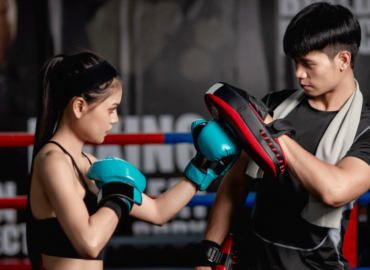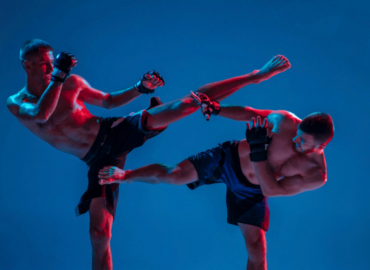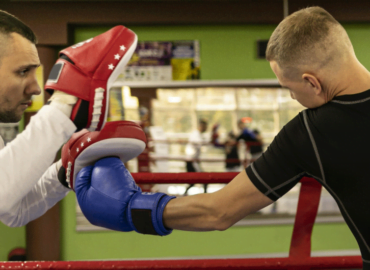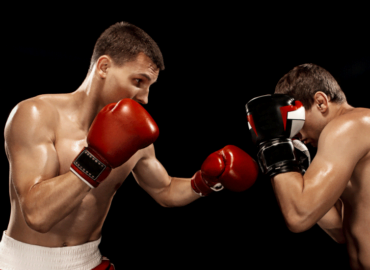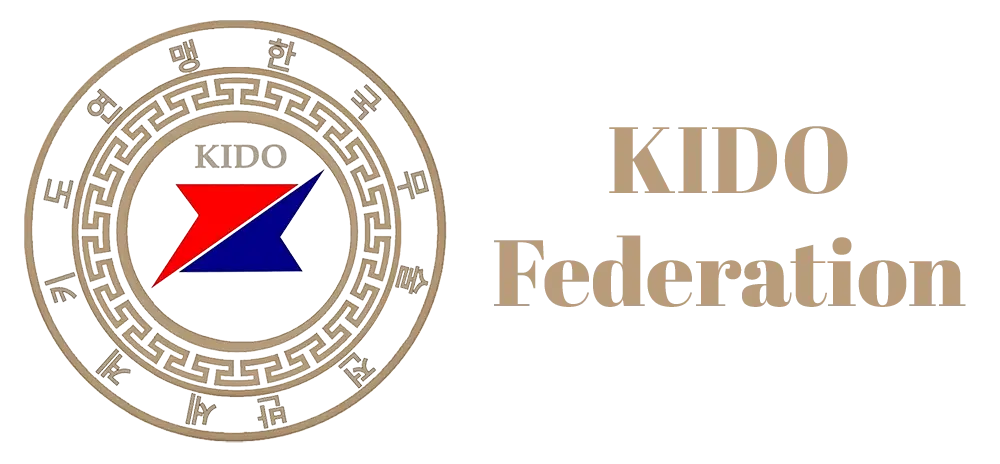



Investment is for the future.
Kido World Federation
Respect, Justice, Equality
This collection consists of several Korean styles for the purpose of developing and promoting martial arts, paying attention, guiding and encouraging talented talents in the direction of honoring, growing and excelling mentally, physically, spiritually and character building, etc. in sports, in line with values, rules And regulations work. Now the martial arts community can regularly and legally follow the real flow of Korean martial arts at various levels as well as advanced.

KIDO

About Kido
This collection consists of several Korean styles for the purpose of developing and promoting martial arts, paying attention, guiding and encouraging talented talents in the direction of honoring, growing and excelling mentally, physically, spiritually and character building, etc. in sports, in line with values, rules And regulations work.
Now the martial arts community can regularly and legally follow the real flow of Korean martial arts at various levels as well as advanced.
The Kido World Federation is an independent entity from other Korean styles, but it still has an important role in supporting the best teachers, coaches, champions, athletes, veterans, etc. of Korean styles, etc., and intends to promote Korean martial arts as show and perform the real thing and stay away from personal tastes and wrong years of the past, and in the meantime, he will not spare any effort.
The new generation must take the steps in all dimensions so that the society can progress; Stepping into previous positions and wrong paths will lead to reaching the mire.
The history of Martial Arts
Martial arts are written systems and traditions of fighting techniques and techniques that are practiced with different motivations and reasons; For competition, physical health and fitness, entertainment and recreation, as well as mental, physical and spiritual growth and excellence.
The oldest ancient paintings in which the image of the battle of two people is depicted go back to 5400 years ago in ancient Egypt, about 5000 years ago in Mesopotamia (Babylon). In Vietnam, there are also cave paintings from 2879 BC, in which images of fighting with swords, sticks, bows and spears can be seen.
Chinese martial arts flourished four thousand years ago during the reign of the Xia dynasty. It is said that Huangdi, also known as the “Yellow Emperor”, promoted the first martial arts in China. Huangdi is mentioned as a famous commander who wrote detailed writings on medicine, astronomy and martial arts before taking over the Chinese government. One of his important enemies named Chi Yu is also known as the founder of “Jiao Di”; A type of Chinese ship that is considered the ancestor of today’s Chinese warship.
Asian martial arts were probably founded by combining early Chinese and Indian martial methods. Between the years 480 and 221 BC, China was the scene of constant wars between rival governments, and this led to the flourishing of martial arts. The philosophy and strategy of martial arts was developed during this period, and this issue is well explained in the book “The Art of Battle” by the famous Chinese military strategist Sun Tzu in 350 BC. In this book, Sun Tzu, in addition to presenting the principles of the Taoism school, deals with military issues such as the way to implement forces, adaptation to rough terrain, the use of spies, and how a smaller force can overcome a larger force.
Martial arts in the history of Buddhism have always been related to the exercises and teachings of “Chan” and “Zen”. Because the fighters and martial artists realized that Zen exercises lead to better execution of martial techniques. When the fighter can focus his mind and energy only on his movements in the present, the fear of failure and death will disappear and the fighter’s attention will be focused only on his physical reactions.
KIDO

About Hapkido
Grandmaster Choi Yong-sol was born in a village in Yong-dong. His family could not afford his expenses, a Japanese businessman and his wife, who had no children, tried hard to get Choi, and finally they succeeded, and Ishan protested and was taken to Japan with his new family, but in the end surrendered
After arriving in Japan, Choi traveled alone to Osaka and stayed there for 2 years. When he decided to choose his path to continue his life, he saw the pictures of martial arts on the wall and after that tekeda adopted him, he learned martial arts, and Master Choi lived in Japan for ten years. After returning to Korea, he settled in Taegu, which was a Korean club and became his home, after that he named the sport Hapkido and passed away in 1986. After him, his students formed hapkido federations, but he was only the owner of Dan Ten.
KIDO
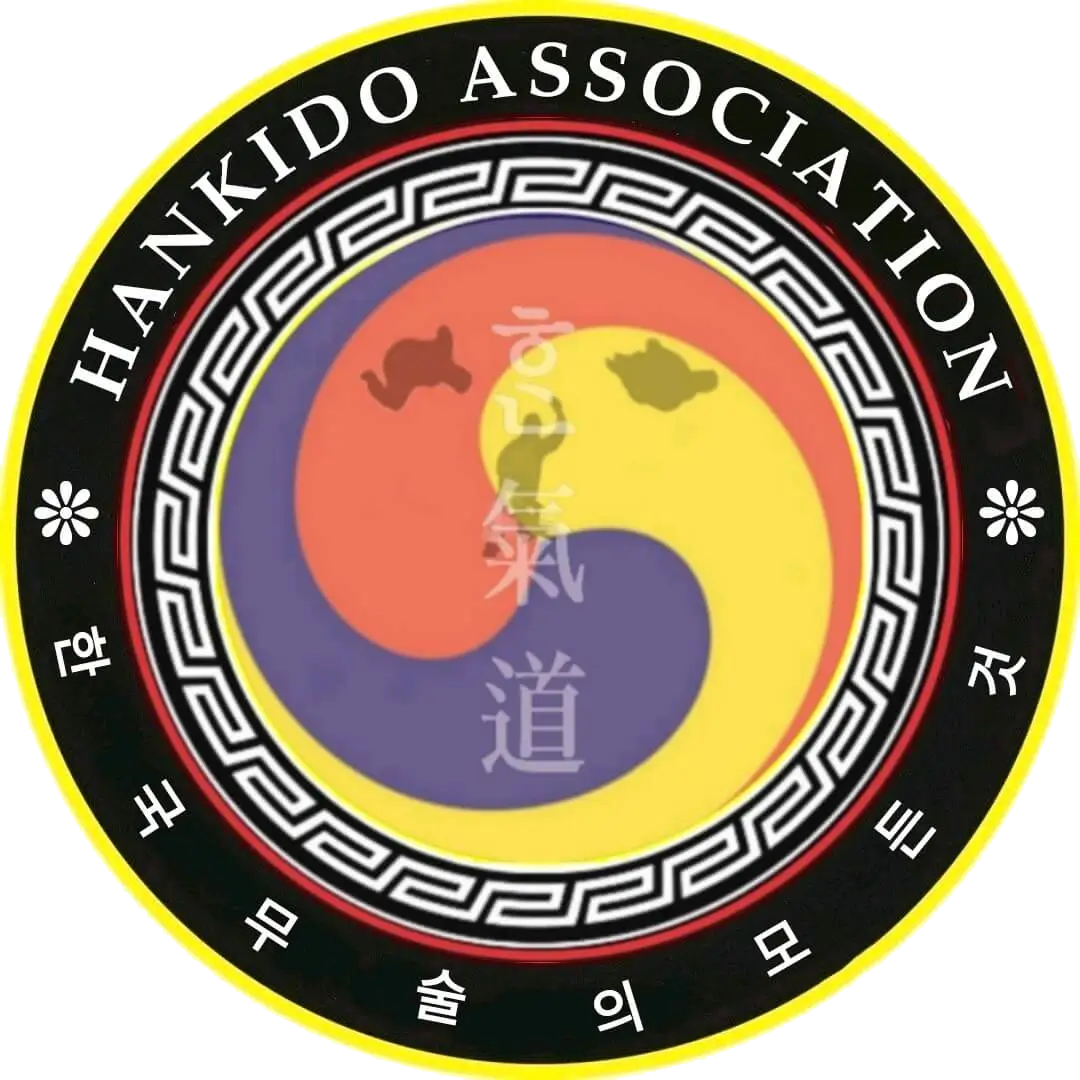
About Hankido
Hankido (Korean: 한기다) is a new martial art style created by Grandmaster Myung Jaenam in the 1980s using circular flow movements due to Myung Jaenam’s background in traditional Korean dance.
The word Hankido is actually made up of three different Hanjas:
Han (한 / 韓): Korea, Korean culture and mentality (see Korean names).
Ki (기 / 氣): Energy
Do (도 / 道): the way
So it can be said that Hankido means: a way for Korean people to develop their inner energy/power.
This style can be recognized by the delicate, circular movements that the hankido practitioner uses to control his opponent. Of course, this is partly because Hankido shares some roots with Hapkido, but also because Myung Jae Nam, who was a talented dancer, combined these techniques with traditional Korean dance.
KIDO

About Kuk Sool Won
Kuk Sool is a collection of ancient and modern Korean martial arts that was organized in 1958 by Grand Master Su In-Hyuk.
In 1961, he introduced the organization of Kuk Sool and called it “Kuk Sool One” (Korean Traditional Martial Arts Association).
Hyuk’s goal was to present a full range of Korean martial arts and integrate them, including kicks and kicks and the use of cold weapons.
Grandmaster Soo In-hyuk was trained in Korean martial arts by his grandfather, Soo Myung-deok, a Korean royal court instructor, following his family tradition of sixteen generations of Korean martial arts. After the death of his grandfather during the Korean War, Soo In-hyuk traveled throughout the Far East, visiting various Buddhist monasteries and meeting with other great martial arts masters to research the development of his martial arts system.
KIDO



About KUMDO
Kumdo is a modern Korean martial art.
Kumdo has been accepted as a martial art in Korean culture and society and has become a cultural standard and benchmark for other martial arts in cold weapons. Therefore, Kumdo may share similarities and commonalities with other martial arts disciplines, swordsmanship, and other fields, but it has numerous distinctions that make it unique.
In 1896, this discipline was expanded in Korea under the supervision of Nakamura Tokichi. Like martial arts training worldwide, Kumdo is imbued with the cultural and philosophical thoughts of current society and the historical past. In this way, the sporting aspects of Kumdo training aim to develop strong character in practitioners. In contrast, good character, in turn, contributes to a passionate competitive spirit, as well as adherence to the principles of etiquette, respect, sportsmanship, and fair play.
KIDO

About HAPKIZEN
The Hapkizen Association is one of the most popular martial arts methods, beneficial for improving health, increasing longevity, and achieving mental tranquility. This art, formed with a deep philosophical perspective, utilizes the creation of energy circulation within the human body and the release of inner energy, making it one of the most practical and significant martial arts styles in the world. In this art, muscles do not play a major role, allowing this energy to flow through the body and be used for defense or attack at the appropriate time.
Zen first balances the body and then balances a person’s inner energy, mind, breathing, emotions, nature, and spirit. Hapkizen is based on two philosophical principles: the principle of movement and the principle of energy, which is derived from the concentrated energy resulting from the unity of the human body and mind. The first is drawn from the culture and philosophy of the people, and the second is from the philosophy of martial arts based on the three elements of heaven, earth, and humanity, leading to the discipline of uniting our mind, spirit, and body with the world.
Additionally, the International Hapkizen Association, abbreviated as IHA, is introduced and officially begins its activities. To complete its administrative, economic, and technical staff, the association invites cooperation and accepts active members and representatives from all instructors, coaches, champions, athletes, and martial arts enthusiasts.
KIDO

About KYUKTOOKI
Kyouk To Ki is a Korean martial art that combines elements of boxing, Muay Thai, and Taekwondo. It is a full-contact sport that includes punches, kicks, elbow strikes, knee strikes, and more. The ultimate goal of martial arts is not to use them.
Kickboxing is a combat sport that was founded in Japan in 1958 by combining several martial arts disciplines. Generally, the purpose of kickboxing training is self-defense, physical fitness, and its use as a combat sport.
The term “kickboxing” was coined by the Japanese Osamu Noguchi to name a martial art inspired by karate and Thai boxing. He introduced this discipline in 1958.
Kickboxing consists of two parts: “kick,” meaning striking with the foot, and “boxing,” meaning punching. Its primary techniques are based on punches and kicks.
This martial art encompasses all forms of ring combat at every level and covers them comprehensively.
The International Kyouk To Ki Union, abbreviated as IKU, aims to promote and expand Korean culture and martial arts. It also seeks to develop ring sports and professional fighting. To achieve this, it invites collaboration and accepts active representatives and members from around the world to join its ranks.
Invited to Cooperate
The Kido World Federation consists of several styles of martial arts in order to complete its administrative, economic, technical and management staff from among all professors, trainers, veterans, managers, activists, champions, athletes and those interested in Korean martial arts in both male and female divisions. It invites cooperation from all over the world.
Benefits of activity
Physically and mentally, activity in kido styles has many benefits. Below are some of these benefits.
Kido Federation Presentation
Getting to know more about Kido and the styles covered
This sport is a combination of martial arts, physical exercises and philosophical principles that fully utilizes the internal strength of a person to achieve balance, flexibility and mental control. Also, in a unique way, it uses foot, hip, hand movements and various attack and defense techniques and its philosophical principles to increase harmony between body and mind. These principles include respect, politeness, honesty, ethics and strong will to achieve personal goals. This sport develops balance, flexibility, speed and physical coordination. It also helps to boost morale, increase self-confidence and develop one's personality. This martial art, in addition to the ability to deal with physical attacks, also emphasizes the mastery of thinking and positive thinking.
Manners and moral traits in Kido
In the etiquette of martial arts, some of the characteristics of the language are:
- Loyalty, especially to one’s superiors
- Righteousness towards one’s homeland and beyond
- Bravery in the way of your homeland and values
- Justice in duty and fair behavior
- Honesty and honest behavior and character
- Politeness and compliance in any situation, even towards your enemy
- Sobriety, even in emotional states
- Emotions and control in any situation
- Honor in war and life
One of the most important principles of war in the ancients is honor in life, so a warrior should always try to live honorably and fight for manly victory in battles and respect honor in defeat.
Important virtues:
- Honesty in all aspects of life and faith in justice
- Being in demand, but not from others, but from yourself
- For a true warrior, there is no intermediate state in the matter of justice and truth.
- A true warrior is humble even in front of his enemies.
- Respect Warriors never oppress or disrespect anyone and do not need to prove their power.
- Courage in the crowd of people who dare not do anything.
- Standing up, bowing down like a turtle is not life, bravery requires bravery. The world of bravery is a dangerous and deadly world, heroic courage is not blind, but alert and powerful.
- The self-esteem of a true warrior has only one judge for his pride and self-esteem, and that is him. The decisions he makes and how they are implemented are a reflection of his true self, which can never be hidden from his eyes.
- Benevolence of warriors become agile and strong as a result of continuous training, but they are never like others because they cultivate a power that will be used for the benefit of everyone. Warriors are compassionate and kind and take advantage of every opportunity to serve their fellow men. If he doesn’t find an opportunity, he tries to create it.
- Faithfulness to the promise When a soldier undertakes a task, that task can be considered completed.
- Nothing will stop him from doing what he has undertaken. He does not need to swear or make a pact
By starting this martial art, people can experience significant improvements in physical strength, increase concentration, and create a sense of security and self-confidence. This field is a combination of various martial techniques and principles and has attracted a lot of attention from enthusiasts and fans all over the world and Iran. In this sport, various techniques such as joint locking movements, punches and kicks, and traditional weapons such as daggers, swords, canes, etc. are used for personal defense. This sport also includes training in nerve sensitive points and throwing techniques.
Age condition:
It is suitable for all people of all ages. The starting age of this martial training depends on the level of experience, physical ability and personal interest. Many clubs and centers offer classes for children, teenagers and adults. Exercise programs are designed for each age group to address the abilities and needs of each group.
Since this sport is a flexible martial art that focuses on the balance between strength and mental techniques, different people can use this sport according to their abilities and interests. Therefore, from children to adults and even the elderly, this initiation provides an opportunity to learn sports, increase physical and mental capabilities, and master self-defense techniques.
Activities in Kido
Competitions
Kido has competitions at all provincial, national, international, Asian, and global levels in which those interested in this field can participate in these competitions in different divisions and achieve championship positions.
Recruitment and talent search
The conditions and the passage of time have turned into a situation where the attraction and flourishing of talents is on the decline, and it is more important than identifying talents, cultivating and building talents, in fact, talent search is giving way to talent creation, with the same approach from all interested parties. To learn this important, and start sports activities and nurture and grow at a professional and high level in all age groups, in the male and female active members.
نظرات درباره کیدو
سازمان جهانی کیدو از سال 1402 در هنرهای رزمی تخصص دارد و یکی از خلاقانه ترین برنامه ها را در کشور ارائه می کند.

ما هنرهای رزمی را به این دلیل آموزش می دهیم که آن را دوست داریم - نه به این دلیل که می خواهیم از شما پول دریافت کنیم.
رندال شوارتز
مربی بانوان
ما هنرهای رزمی را به این دلیل آموزش می دهیم که آن را دوست داریم - نه به این دلیل که می خواهیم از شما پول دریافت کنیم.
آندره
مربی بوکس
ما هنرهای رزمی را به این دلیل آموزش می دهیم که آن را دوست داریم - نه به این دلیل که می خواهیم از شما پول دریافت کنیم.
جان دویی
مربی هاپکیدو
ما هنرهای رزمی را به این دلیل آموزش می دهیم که آن را دوست داریم - نه به این دلیل که می خواهیم از شما پول دریافت کنیم.
رندال
مربی بانوانInvited to Cooperate
#KIDO
The Kido World Federation consists of several styles of martial arts in order to complete its administrative, economic, technical and management staff from among all professors, trainers, veterans, managers, activists, champions, athletes and those interested in Korean martial arts in both male and female divisions. It invites cooperation from all over the world.


Latest News
In this section, you can see the latest sports articles and news related to sports.

